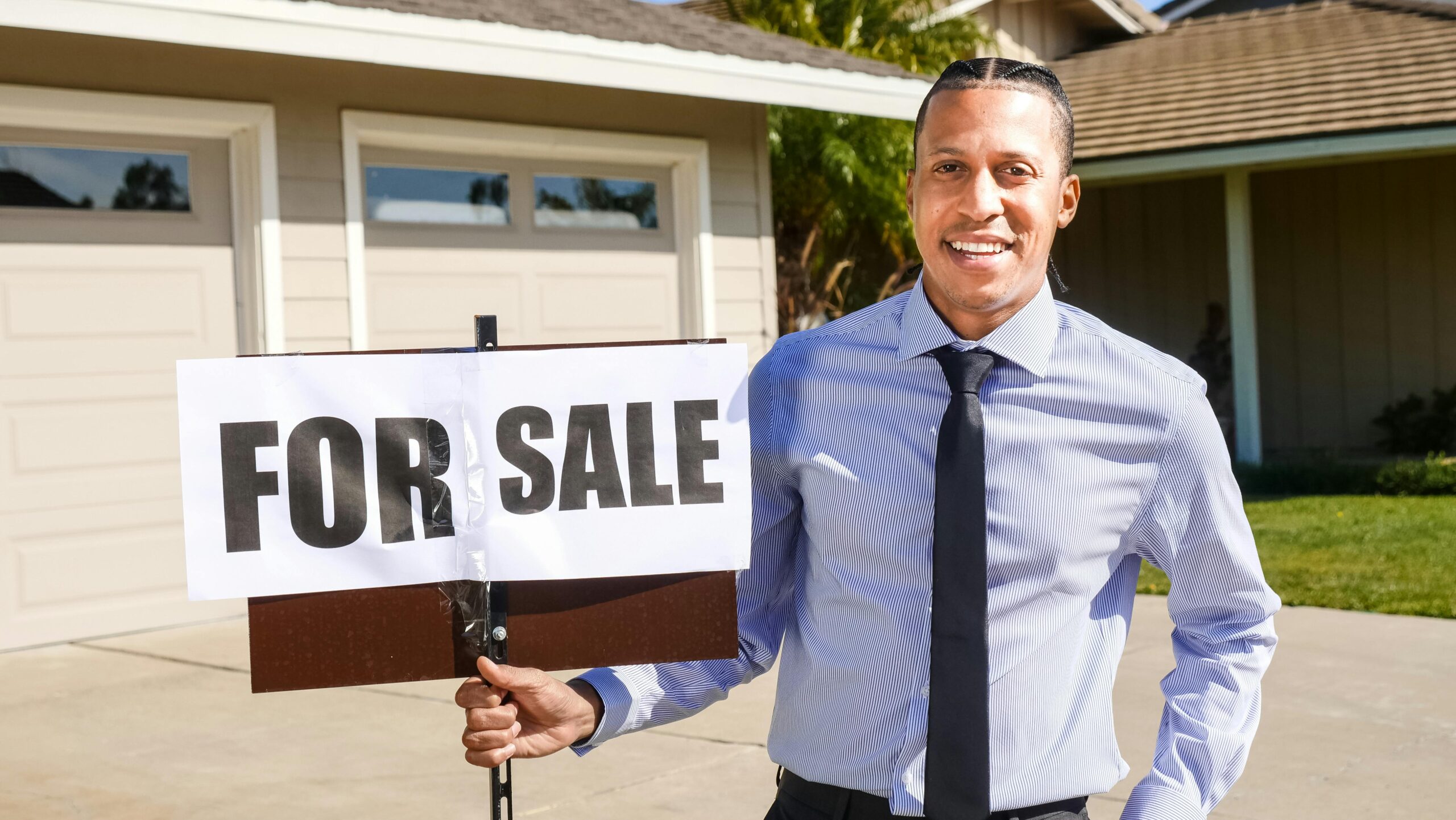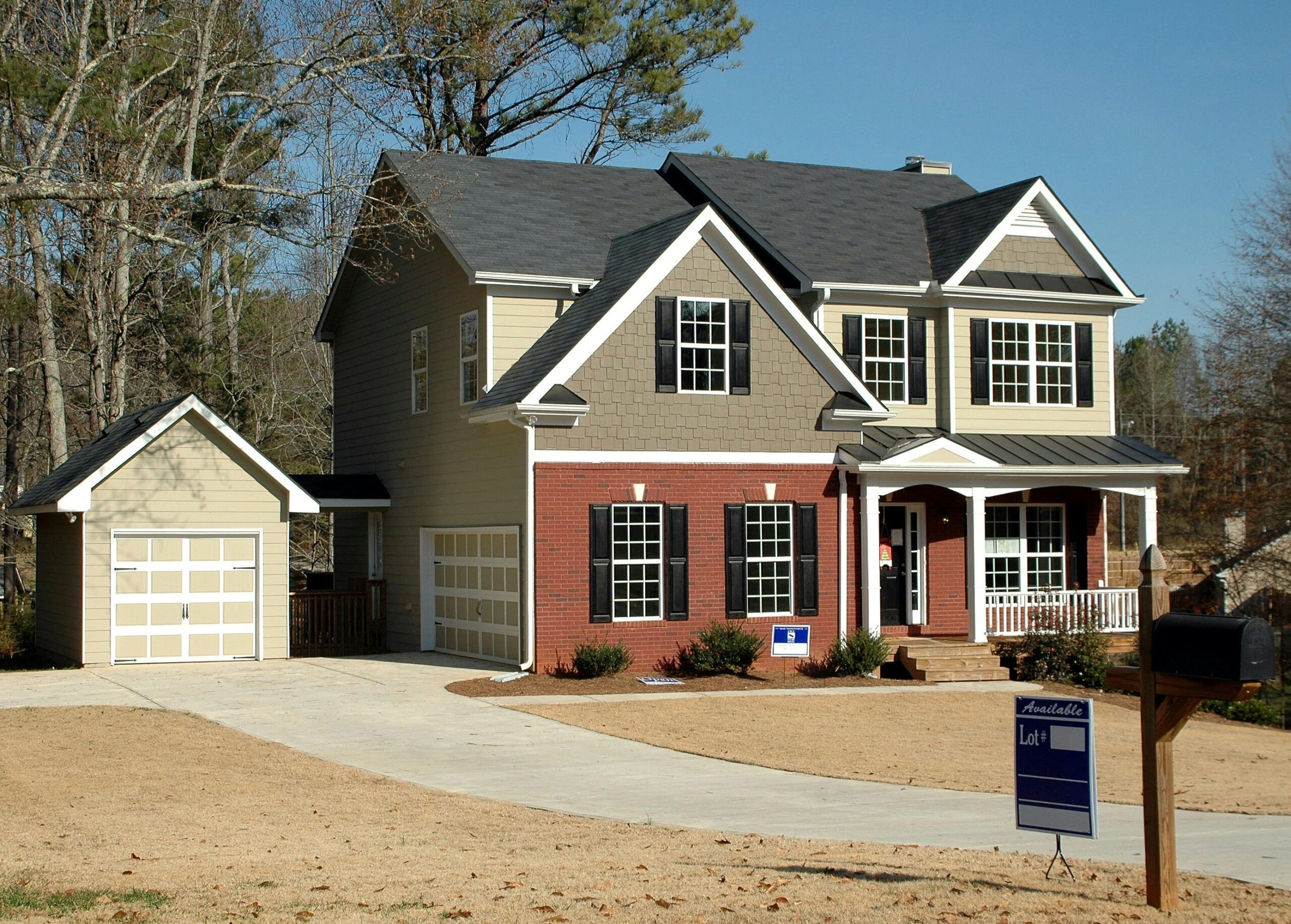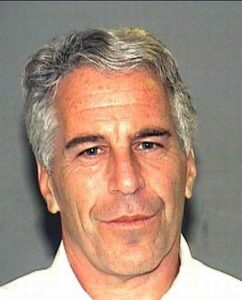
A growing proportion of U.S. homeowners are free from mortgage debt, signaling a major shift in the nation’s housing profile. According to recent estimates, roughly 39–40% of all owner‑occupied U.S. homes are owned mortgage‑free, representing more than 34 million households. This share is the highest level seen since at least 2010 and reflects an ongoing trend toward outright ownership.
Why So Many Mortgage‑Free Homes?
Demographics: Aging Baby Boomers
An aging population is one of the driving forces behind this shift. More than half of mortgage‑free homeowners are baby boomers, and many refinanced during eras of lower interest rates, enabling faster payoff trajectories. As of 2023, approximately two-thirds of mortgage‑free homeowners were aged 60 or older.
Rising Rates and Lock‑In Effect
Homeowners who locked in ultra‑low mortgage rates during the 2000s often choose to stay put rather than sell and face much higher rates today. The “lock‑in effect” discourages mobility and contributes to the growing share of homes without mortgages.
Scale and Growth of Mortgage‑Free Homes
In 2010, only about 32.8% of homeowners lived mortgage‑free; by 2023, that number grew to nearly 39.8%. From 2012 to 2022, mortgage‑free homes increased by approximately 7.9 million, reaching 33.3 million.
This growth represents more than a statistical shift, it reflects broader changes in household behavior, financial mindset, and demographic composition.
Where Are Mortgage‑Free Homes Most Common?
States with lower home prices and older populations tend to lead the nation:
-
West Virginia: Over 52–53% of owner‑occupied homes are mortgage‑free
-
Mississippi: About 50%
-
Louisiana, Arkansas, and New Mexico: Between 46–48%
In contrast, high-cost states like California, Colorado, Utah, Maryland, and Washington, D.C. have far lower rates, typically below 30%.
What It Means for Homeowners
Financial Resilience
Mortgage‑free owners avoid interest rate risk entirely. Even when mortgage rates reached 7–8%, roughly 96% of U.S. mortgage debt is on fixed‑rate terms. And with nearly 40% of homeowners unencumbered by debt, many feel secure regardless of market shifts.
Equity as Liquidity
For seniors especially, home equity can become a financial lifeline. Many mortgage‑free homeowners tap this resource via home equity lines of credit (HELOCs) or reverse mortgages, offering flexibility and cash flow in retirement.
All‑Cash Buying Power
Some mortgage‑free homeowners use their equity to buy new properties entirely in cash, allowing them to avoid loans altogether and take advantage of favorable transactions.
Impacts on Housing Market and Generational Wealth
Limited Inventory
As more homeowners opt to stay in their homes rather than sell, thanks to low rates or outright ownership, inventory shrinks. That creates fewer opportunities for younger buyers and contributes to affordability challenges in many regions.
Wealth Divide
Mortgage‑free status correlates with accumulated equity and net worth. Longtime owners, especially those in cheaper regions, enjoy greater financial stability, while renters and newer buyers face steeper entry costs.
Generational Transfer
As boomers age, home equity will likely transfer through inheritance or sales. But with many older homeowners holding on to homes longer, the pace of this transfer remains gradual.
Risks & Considerations
Housing Costs Don’t Disappear
Owning a home free and clear still means paying taxes, maintenance, and insurance. In high-cost states like California, nearly 17% of mortgage‑free homeowners remain cost‑burdened, spending 30% or more of income on housing expenses.
Reinvestment vs. Opportunity Cost
Some financial experts argue that paying off a mortgage early may not always be the best use of capital. Depending on interest rates and investment returns, leveraging low-rate loans might offer higher long-term growth.
Trends to Watch
-
Interest Rate Movements: Mortgage refinancing is unlikely without lower rates; buyers remain cautious.
-
Policy Shifts: Incentives to encourage downsizing or converting homes could help ease inventory constraints.
-
Demographic Shifts: As younger generations gradually become homeowners, the share with mortgages may climb again.

Conclusion
The rise of mortgage‑free homeownership in the U.S., now nearly 40% of owner‑occupied housing, tells a story of demographic shifts, financial strategy, and changing market conditions. It reflects both stability for long‑time homeowners and growing obstacles for new entrants in the market.
As the population ages and equity continues to build, mortgage‑free status is likely to remain high. But with housing supply tight and generational disparities widening, policymakers and market stakeholders may need to explore interventions to support younger buyers and balance opportunity across age groups.
This data paints a clear picture: owning a home outright is increasingly common and carries real economic power. At the same time, the housing gap between established owners and prospective buyers is widening, and without change, that divide may shape the future of American wealth for years to come.





